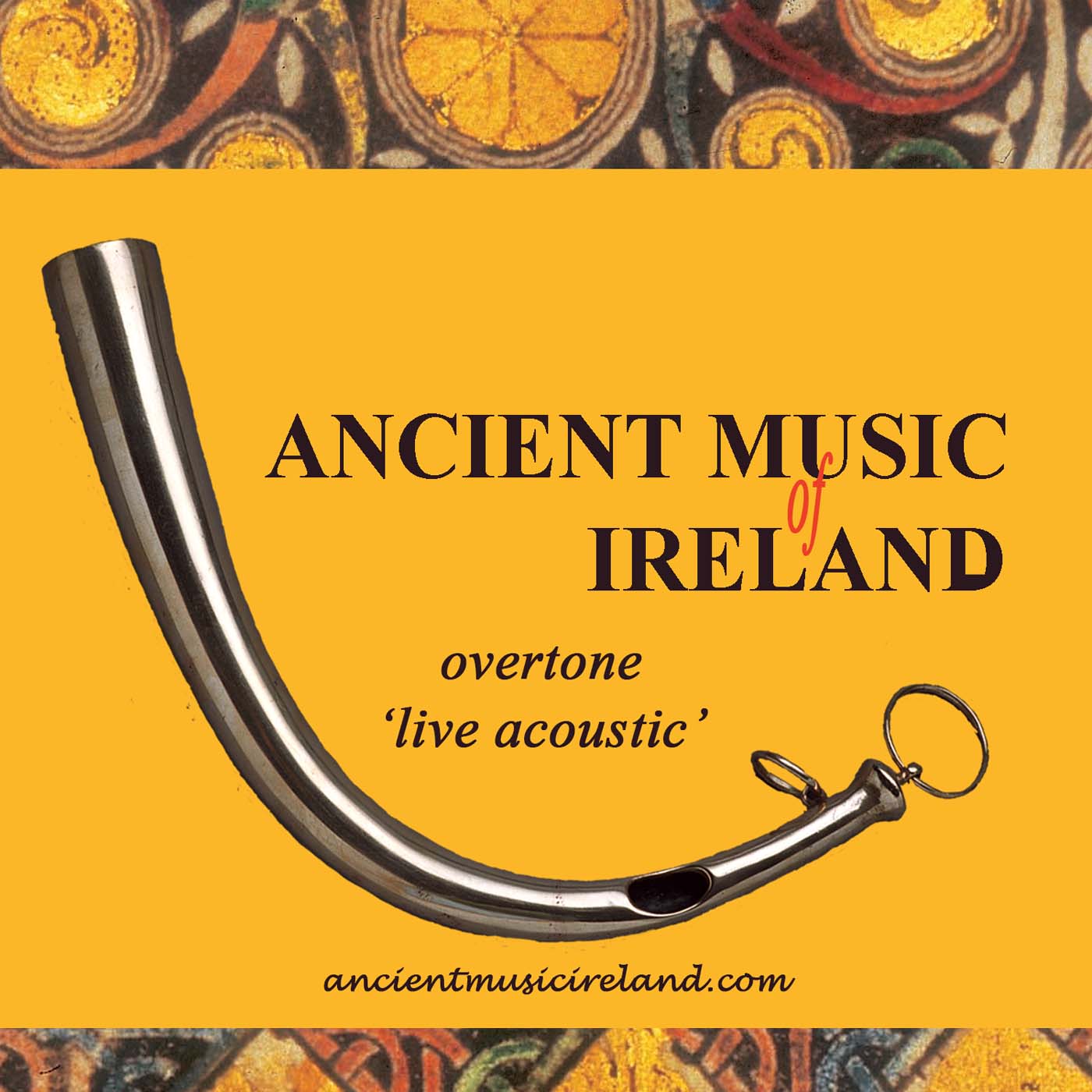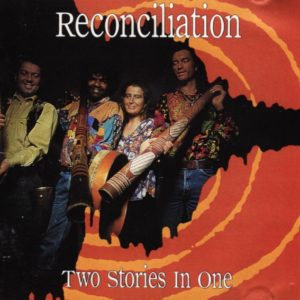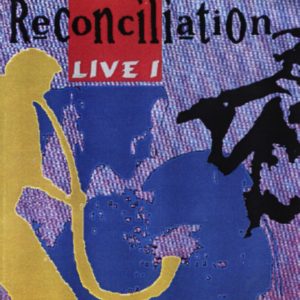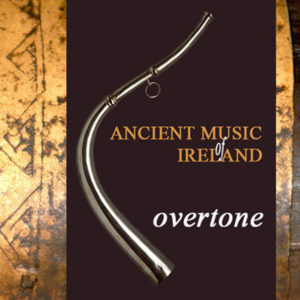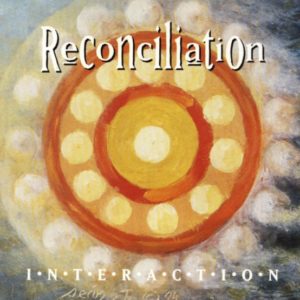
Sound Library
Plus Kontakt Instrument
- Sorry, this product cannot be purchased.
Overtone – Live Acoustic

On Friday the 13th of November 2009, sixteen musicians and composers came together to celebrate the launch of the new album ‘Overtone’ Ancient Music of Ireland. That evening they performed a concert at St. Nicholas’ Collegiate Church in Galway City. The event was organised by Ancient Music Ireland to explore the overtone properties of the ancient and prehistoric horns of Ireland, Britain and Europe both in a live acoustic habitat and accompanied by other more modern instruments.
Performers were collected in groups which brought together particular combinations of sounds and musical traditions. The main purpose of the concert was to explore the variety and colour of music that can be played on ancient horns and to demonstrate them as complex musical instruments in their own right.
Some of the tunes featured only bronze horns whilst others combined them with traditional and modern acoustic instruments. It was very important that the concert would be played completely acoustically. Thus, no electronics of any kind were employed. The only microphones present were recording and the only effect was the natural soundscape created by the magnificent acoustic properties of the building. It was hoped that one or two unusual audio colours might be realised during the performance but no one could have predicted the tremendous power and richness of the sound spectrum that filled the room nor the complete certainty with which the instruments, old and new combined together in harmony.
Musicians travelled from all over the World including America, Germany, England, Scotland and from different parts of Ireland. Though many had not previously met each other before, during the rehearsal sessions on the day of the concert it became evident that something new and exciting was happening. Tunes and instrument combinations which had never been played together before took shape mainly due to the proficiency and professional excellence of the players. The concert was performed to a rapturous reception from a full house and the recordings included here are among the finest and most adventurous of the evening. One particularly historic aspect was the introduction of a reproduction English Iron Age carnyx. This was the first time in modernity that one of these instruments was played and heard in public in approximately two thousand years.
01 Overtone Live 2:26 min
‘Overtone Live’ was the first tune played at the concert. In a way it was the simplest, yet the most important. Three bass bronze trumpets or ‘dord íseal’ were featured together to explore the multiplicity of overtones that are created and emphasised when bass trumpets in the same key are played together. In this instance they were all tuned to low E flat. The idea was inspired from the album ‘Coirn na hÉireann’ when an original bass bronze trumpet was over tracked three times and generated higher tones that were clearly audible. Thus, the research which began in 1994 into instrumental overtones had culminated in the concert at St. Nicholas’ Collegiate Church. The tune perfectly demonstrates the concept of embellishing a continuous single tone with a variety of shades of higher and lower moving and changing colour to transform it into a rich and encapsulating musical experience.
John Purser – dord íseal (large end-blown bass Bronze Age trumpet),
John Meskell – dord íseal (large end-blown bass Bronze Age trumpet),
Simon O’Dwyer – dord íseal (large end-blown bass Bronze Age trumpet).
02 Weeping of Women & Jenny’s Welcome 4:38 min
In 1995 Simon and Maria O’Dwyer played in many sessions in Galway City with friends including Mark Farrelly, John Meskell and Frank Ryan. Recordings from one of these sessions were included in the ‘Overtone’ – Ancient Music of Ireland album. Thus, Mark, Frank and John were invited to play for the live concert as a group. They chose two traditional Irish tunes beginning with a slow air for the first and lifting the tempo into a lively swinging reel for the second tune. This track is made particularly impressive by the combination of a rare uilleann pipe style which includes extensive use of the regulators, the tonal variety of the horn and an unusual off beat bodhrán. Though the interpretation is undoubtedly Irish in origin, the track contains elements of North African and Middle Eastern and a more modern jazz feel through Frank Ryan’s playing.
Mark Farrelly – uilleann pipes
John Meskell – dord íseal (large end-blown bass Bronze Age trumpet)
Frank Ryan – bodhrán.
03. The May Morning Dew 11:08 min
Composer Michael Holohan was presented with a challenge to perform a musical piece for the concert which would particularly emphasize the overtone qualities of two bass bronze trumpets. He chose to compose a remarkable arrangement for the well-known Irish tune, ‘The May Morning Dew’. The piece begins with the church organ. The distinctive melody is played by Breifne Holohan on an acoustic metal stringed guitar. Two bass trumpets are introduced in stages. The effect is of a simple melancholy air being magnified and exalted until the music almost seems ethereal. The church is filled with a multi-dimensional soundscape that defies explanation. Here is the real manifestation of instrumental overtone sound. The musical achievement is made all the more remarkable in that no electronics or effects of any kind are employed either during the performance or subsequently in the music mix.
Michael Holohan- church organ
Breifine Holohan – metal stringed guitar
John Meskell – dord íseal (large end-blown bass Bronze Age trumpet)
Simon O’Dwyer – dord íseal (large end-blown bass Bronze Age trumpet).
04. Santa’s Reel 3:14 min
This lively dance tune was composed by the five participating musicians on the day of the concert to celebrate the Bronze Age musical instruments of North Western Europe. Horns of the Irish, Scottish and British family from Germany combined with a lur. Percussion was played on Bronze Age hand bells and a frame drum known as the bodhrán in Ireland. This was the only instrument for which there is no actual evidence in the Bronze Age, yet these drums do occur in ancient civilisations around the world. The tempo is based on 4/4 reel time. The musicians had played together previously on many occasions and their experience is clearly manifest in the accuracy and driving energy of the tune. The sound begs the question as to how complex the music may actually have been in Europe circa. 3,000 years ago .
John Purser – dord íseal (large end-blown bass Bronze Age trumpet) and crotal (Bronze Age hand bell)
John Meskell – dord íseal (large end-blown bass Bronze Age trumpet)
Joachim Schween – Lur, Maria Cullen O’Dwyer – bodhrán
Simon O’Dwyer – adharc (side- blown Bronze Age horn)
Sussex horn (mid-range end-blown Bronze Age trumpet) and crotal (Bronze Age hand bell).
05. The Butterfly 4:49 min
‘The Butterfly is one of the most remarkable studio tracks on the ‘Overtone’ – Ancient Music of Ireland album. Permission to use it was given by Pat Power, from his album called ‘Sin a Bhfuil’. It had originally been recorded using a multi-track system. The aim for the concert was to attempt to play a live acoustic version. It was thought that such a complex interpretation with so many instruments of varying volume levels might present problems. There was also the difficulty of maintaining a steady continuous complimentary note on a dord ard (mid-range end-blown Bronze Age trumpet). The result was a unique haunting live version of ‘The Butterfly’, achieved through the wonderful understanding and musical excellence of the musicians.
Derek O’Shea – Flute
Pat Power – Bazouki
Gerry Whelan – Mandolin
Kevin Whelan Mandolin,
Mick Crehan – whistle
Bonnie Rideout – violin
John Meskell – bodhrán
Simon O’Dwyer – dord ard (mid-range end-blown Bronze Age trumpet).
06. Three Reels 5:37 min
Three reels – Lillys in the Field, The Green Fields of Rossbeigh and The Humours of Tullawere were chosen by Gerry Whelan to be played together as the grand finally of the concert. The first tune is introduced by a dord íseal in the key of D (large end-blown bass Bronze Age trumpet) and this sets the scene for a lifting break away modulation into E driven by a dord ard (mid-range end-blown Bronze Age trumpet). Finally, the music moves into a higher gear with the introduction of a sean nós dancer Brian Cunningham, bringing the piece to a tremendous crescendo.
Derek O’Shea – Flute
Pat Power – Bazouki
Gerry Whelan – Mandolin
Kevin Whelan Mandolin
Mick Crehan – whistle
Bonnie Rideout – bones
Frank Ryan – cactus drum
Maria Cullen O’Dwyer – bodhrán
John Meskell – dord íseal (large end-blown bass Bronze Age trumpet)
Simon O’Dwyer – dord ard (mid-range end-blown Bronze Age trumpet)
Brian Cunningham – sean nós dancing.
07. Tribute for an English Carnyx 4:09 min
This tune was reserved for the final encore of the concert. During rehearsal it had become evident that the English carnyx was very closely tuned to the Irish Iron Age trumpet, the lur and an Irish bass bronze trumpet. The four instruments were brought together to perform a rousing tribute to the re-awakening of the English carnyx. Great swelling tones and overtones filled every corner of the church, creating a wonderful finally to the concert and leaving a delighted audience in no doubt as to the musical complexity and variety of the great horns and trumpets of pre-history.
Peter Holmes – English carnyx (Iron Age)
Joachim Schween – lur (Northern Europe)
Simon O’Dwyer – Loughnashade (Irish Iron Age trumpet)
John Meskell – dord íseal (large end-blown bass Bronze Age trumpet).
Musicians and recording engineer participating in the concert of ‘Overtone Live Acoustic’.
Rod Callan – Sound Engineer
Rod has recorded both original and reproduction ancient horns and trumpets with Ancient Music Ireland since the research first began over twenty years ago. In this instance he travelled from his studio in Wales to record the ‘Overtone Live Acoustic’ concert in Galway. His brilliant expertise and experience with the instruments perfectly captured the complexity and multi-colours of the sound.
Mick Crehan
Mick comes from a renowned traditional music family in West Clare. His Uncle, Junior Crehan is remembered as one of the great exponents of traditional music. Specializing in the whistle, Mick is well known as a player and teacher. In 1985 he formed the group ‘Open Road’ in Waterford which included a continuous accompanying variation drone in the sound. This idea was inspired by the band ‘Stocktan’s Wing’ who had used a didgeridoo on their album ‘Light in the Western Sky’. There is no doubt that the sounds of ‘Open Road’ played a vital role in the re-awakening of the Bronze Age trumpets and horns of Ireland in 1987.
Brian Cunningham
Brian is one of the world’s leading exponents of ‘sean ós’ dancing. His magic rhythm can be heard on track number 6 on this album where he joins the musicians in the final crescendo of the tunes. From the rugged Irish coastal region of Connemara, Brian Cunningham brings one of Ireland’s oldest dance forms to the world stage with Atlantic Steps.
Mark Farrelly
Grand nephew to the late great piper Tommy Kearny, Mark is steeped in traditional uilleann piping. His distinctive interpretation of the pipes which includes using the regulators a part of the tune brings out all the variety that comes from the most complex pipes in the world. Mark is keyboard player, composer and producer with Earthship.
Dr. Peter Holmes
Renowned as the leading World authority on ancient metal wind instruments, his studies include manufacturing of the Irish/British Bronze Age horns, the reproduction of the English ‘Tattershal’ carnyx, the Norwegian lur, the ancient Egyptian trumpets and classical Greek and Etruscan instruments. Peter plays trumpet and saxophone in a number of bands and is credited as being the first to identify the playing method of the Bronze Age trumpets and horns.
Michael Holohan
A leading classical composer and musician, living in Drogheda and close to the prehistoric and Early Irish Christian sites of the Boyne Valley has given Michael a constant source of inspiration for many of his compositions. He has composed a number of pieces for ancient Irish instruments and this work has made an important contribution to on-going research.
Breifne Holohan
Breifne Holohan is an Irish musician/composer based in Co. Louth. His music crosses a vast range of genres, from modern classical, acoustic guitar and minimalist music, to traditional Irish, ambient and electroacoustic styles. His work includes the exploration of unusual soundscapes and thus he is ideally placed to make his own unique contribution to the rich variety of colour which is produced by ancient horns. A point of interest, the Composer Michael Holanan on this album is Breifne’s Dad.
John Meskell
Multi-instrumentalist, John originally studied didgeridoo under master player Phil Conyngham. He then progressed to bass Bronze Age trumpet and became one of the first players after Ancient Music Ireland. The great presence and variety of his playing made an invaluable contribution to the ‘Overtone Live Acoustic’ concert. John remains one of the top dord íseal (bass Bronze Age trumpet) players today.
Derek O’ Shea
Based in Galway, Derek is a well known flute player and has composed many tunes. He breath control. His interpretation of ‘The Butterfly’ is truly a ‘tour de force’.introduced new European musical traditions into Ireland as a member of the band ‘Gan Anim’. He is a master of the slow air, being able to project deep emotion and haunting pathos by using the most exquisite timing and
Pat Power
One of the first exponents of mandola as a melody instrument, Pat is renowned for his distinctive assertive playing. As with the Gerry and Kevin Whelan, he grew up in a musical family in South Waterford where he learnt an old and pure musical style. Pat included Bronze Age trumpets and horns on his first album ‘Sin a Bhfuil’ as part of the track called ‘The Butterfly’.
Dr. John Purser
MA (University of Glagow), PhD (University of Glasgow) a well-known composer, broadcaster and playwright, poet and writer. John is directly responsible for the reconstruction of the Scottish ‘Dexford’ carnyx, the triple pipes and the Early Medieval River Erne horn.
Bonnie Rideout
Bonnie from Virginia in North America is a renowned violin and viola player and composer in the Scottish tradition. One of the finest Scottish fiddlers of our time, Bonnie brings a brilliant virtuosity of the evocative music of the Highlands. She has released many albums specialising in piobaireach music. Bonnie has collaborated with John Purser on several albums and together they have rejuvenated an old violin interpretation of tunes which had not been played since the 19th century and until now had only survived as a piping tradition.
Frank Ryan
Mainly a traditional Irish bodhrán player, Frank is influenced by some of the early rock innovators such as Frank Zappa. He delights in complementing a melody with an off-beat percussion that is very much his own. He gives the time of the tune a particular flowing rhythm influenced by his cross-over into the upright cactus drum. Frank also plays saxophone.
Joachim Schween
Based in Hameln in Germany, Joachim is an archaeologist and musician specialising in North German lur and Irish Bronze Age trumpets and horns. He is the keeper and player of a reproduction lur which was cast in 1915.
Gerry Whelan
Originally form Tramore, Gerry plays a distinctive South Waterford traditional music style on mandolin. Having played with ‘Open Road’, he moved to Galway where he established himself as a prolific session player.
Kevin Whelan
Brother to Gerry, Kevin also played with the band ‘Open Road’ in Waterford. One of the great sounds of the band was when Kevin and Gerry launched into a set of fast reels on two mandolins. A great musical treats on these recordings is to hear the Whelan brothers playing with that closeness of style and tempo that happens between brothers.


